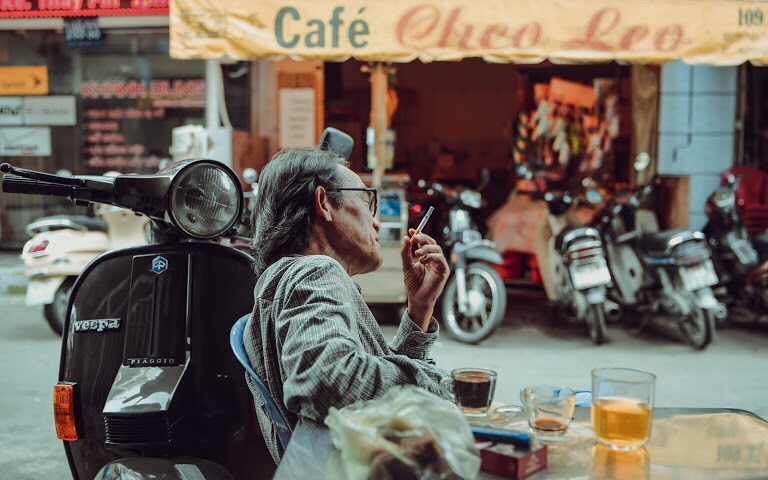Introduction to Coffee in Vietnam
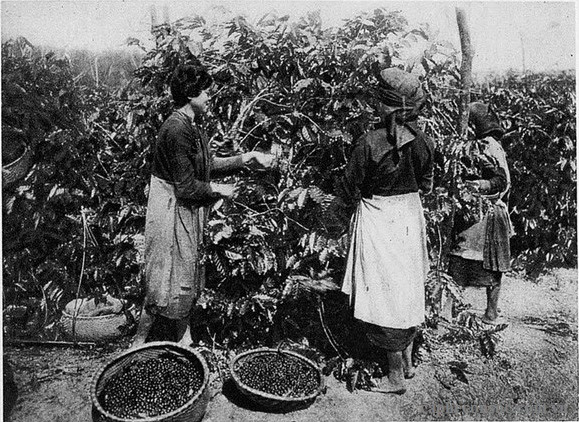
Coffee made its first appearance in Vietnam towards the end of the 19th century, introduced by French missionaries. Initially, the cultivation of coffee was confined to the gardens of churches in the northern regions of Vietnam. It wasn’t until the 1920s that coffee production spread to the Central Highlands, specifically to provinces such as Dak Lak and Gia Lai-Kontum. The establishment of coffee plantations in these regions not only contributed to the local economy but also paved the way for a unique and vibrant coffee culture that has become an integral part of Vietnamese life.
Diverse Coffee Drinking Styles in Vietnam
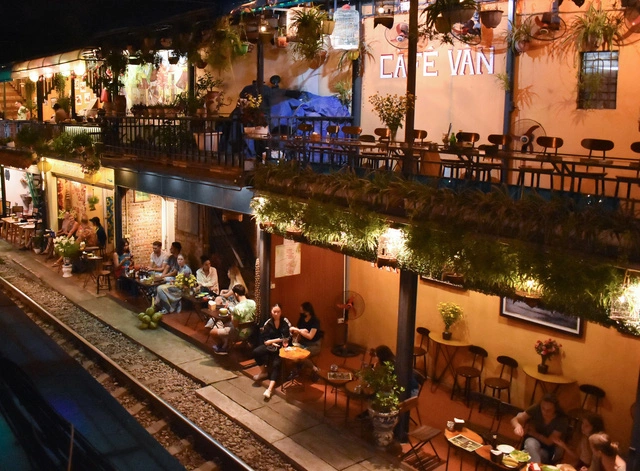
Vietnamese coffee culture is known for its rich variety, catering to different tastes and lifestyles. From quick coffee for those on the go to traditional street coffee, romantic coffee dates, and reflective coffee moments, there’s something for everyone.
- Quick Coffee: This is the go-to choice for people with busy schedules. Quick coffee is prepared rapidly and usually served in disposable cups, making it convenient for a fast-paced lifestyle. It is commonly enjoyed with fast foods like pâté bread and fried egg sandwiches, providing a quick and satisfying break during a hectic day.
- Street Coffee: Street coffee, or “cà phê vỉa hè,” is a beloved tradition in Vietnam. This style involves brewing coffee using a traditional drip method, which results in a strong and aromatic cup. It is typically served in small glass cups, often accompanied by a hot pot of tea. Street coffee vendors can be found on nearly every corner, offering a cozy and social atmosphere where locals gather to chat and enjoy their brew.
- Romantic Coffee: This style is tailored for couples and those seeking a more leisurely experience. Romantic coffee is carefully prepared, often with a frothy cream topping that adds a touch of elegance. These coffee dates usually start in the evening and extend late into the night, providing a perfect setting for intimate conversations and moments of connection.
- Introspective Coffee: For those who prefer solitude and reflection, introspective coffee is the ideal choice. This style of coffee drinking is about savoring each sip while contemplating life, reminiscing, or simply enjoying one’s own company. It’s a personal ritual that offers a moment of peace and introspection amidst the bustle of daily life.
The Unique Aspects of Vietnamese Coffee Culture
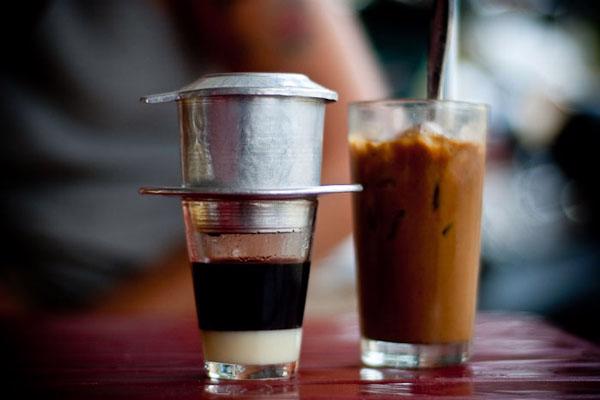
Vietnamese coffee culture is distinct and offers a unique experience compared to other coffee traditions worldwide. The slow-drip method of brewing coffee has become a symbol of patience and a deeper appreciation for the art of coffee making.
- Drip Brewing: Known as “phin” brewing, this method is an art form that requires patience and precision. The process involves placing finely ground coffee in a small metal drip filter and allowing hot water to slowly pass through it. This technique produces a rich and flavorful coffee, and the anticipation of each drop falling is part of the enjoyment.
- Saigon Coffee Scene: In Ho Chi Minh City, commonly known as Saigon, coffee culture is particularly vibrant. The city boasts a diverse range of coffee experiences, from bustling street-side stalls to upscale cafes. Early mornings are often spent sipping coffee while observing the city’s lively atmosphere and catching up on the latest news. Saigon’s coffee scene reflects the city’s dynamic and energetic spirit.
Coffee Culture and Vietnamese Life
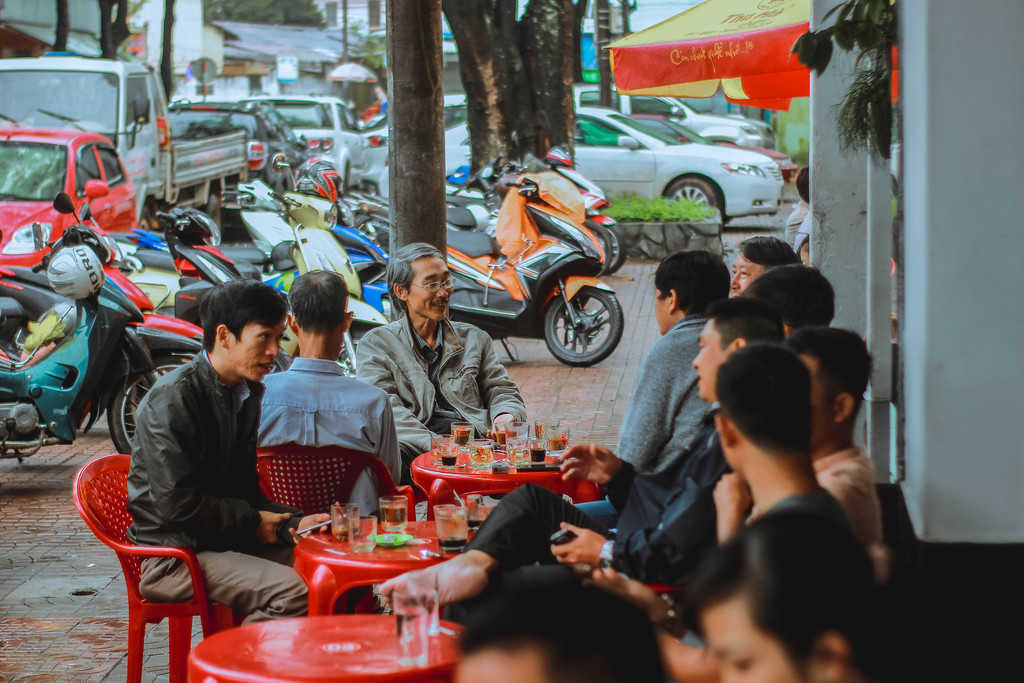
The establishment of coffee holds a special place in Vietnamese culture and daily life. It is more than just a beverage; it is a social glue that brings people together and fosters connections.
- Social Connection: Coffee breaks are a cherished tradition in Vietnam. Morning and afternoon coffee sessions are opportunities for friends, family, and colleagues to meet, converse, and strengthen relationships. These gatherings are integral to maintaining social bonds and enhancing communal ties.
- Relaxation and Stress Relief: Enjoying a cup of coffee is also a way to unwind and find balance. Whether it’s a quick coffee during a work break or a leisurely café visit, coffee provides a moment of relaxation and a chance to escape from daily stresses. A well-made cup of coffee can significantly improve one’s mood and overall day.
Modern Developments in Vietnamese Coffee Culture
Despite the evolving landscape, traditional values of Vietnamese coffee culture have been preserved while integrating modern elements. Today, coffee culture continues to thrive and adapt to contemporary trends.
- Growth of Coffee Shops: The coffee shop scene in Vietnam has seen significant growth. Modern coffee shops not only offer a variety of beverages but also create innovative spaces for work, socializing, and relaxation. These establishments often blend traditional Vietnamese coffee practices with contemporary design and amenities, catering to diverse customer needs.
- International Recognition: Vietnamese coffee has gained international acclaim, with local brands and products making their mark globally. Specialty items such as drip coffee and iced milk coffee (“cà phê sữa đá”) have found enthusiastic audiences beyond Vietnam. This global recognition highlights the unique qualities of Vietnamese coffee and its impact on the international coffee scene.
Conclusion
Vietnamese coffee culture is a vibrant and multifaceted tradition that reflects the country’s rich heritage and modern evolution. From the meticulous drip brewing process to the lively coffee gatherings, every aspect of this culture contributes to a diverse and engaging coffee experience. Coffee in Vietnam is not just a drink but an essential element of daily life, offering moments of connection, relaxation, and enjoyment. As the Vietnamese’s establishment of coffee continues to gain global recognition, it remains a proud symbol of the country’s unique cultural identity.
